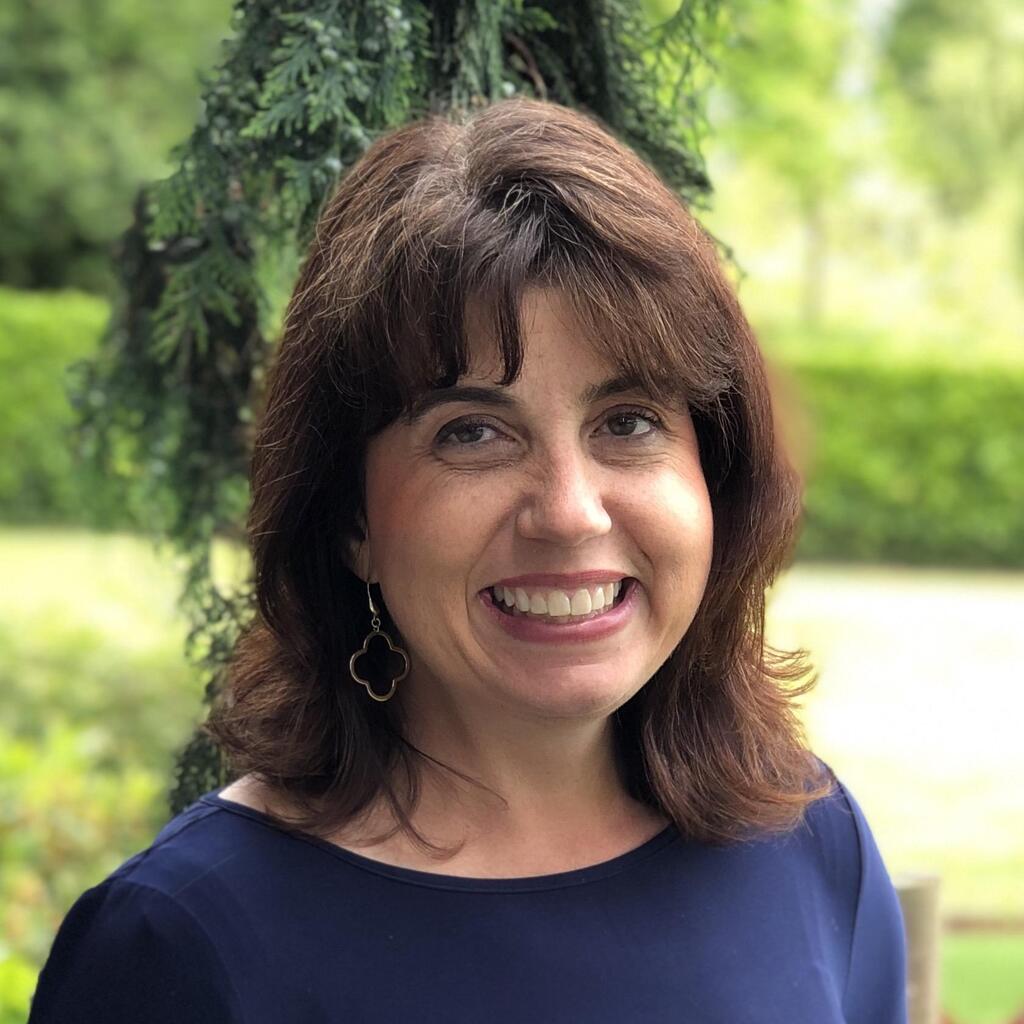
This fast response may have put these charter schools in a strong position to serve students and families remotely this fall.
By: Sean Gill and Lanya McKittrick
Last spring, some of the nation’s most prominent charter networks quickly rolled out remote learning after school closures, including mechanisms that monitored students’ academic progress and gave them access to live lessons. This fast response may have put these charter schools in a strong position to serve students and families remotely this fall. [...]
Our database includes 18 charter management organizations (CMOs) that are part of the Charter School Growth Fund portfolio and comprise 10 or more schools. These are large, high-profile, nonprofit organizations that serve large numbers of kids and are generally well regarded for their ability to lift student achievement and close opportunity gaps.
Last spring, these CMOs held real-time online classes, checked in regularly with their students and graded work more quickly than districts.
Within three weeks of school closures, 44 percent had established comprehensive remote learning plans that included access to formal curriculum, instruction and progress monitoring. By the end of May, 78 percent of the CMOs reviewed were doing this. By contrast, the numbers for 86 districts we reviewed in the spring were just 13 percent and 61 percent. These features now appear to be the norm for almost all school systems, as districts have sought to improve remote learning. [...]
Some of the CMOs are changing their curriculum to provide a more comprehensive experience for students. [...]
KIPP SoCal will offer its After School Program virtually through Google Classroom, featuring art, dance, fitness, yoga, science and other enrichments.
[...] The CMOs in our spring review were quick to move to online learning — 14 of the 18 (78 percent) were providing instruction, and seven (39 percent) offered real-time teaching on schedules that closely mirrored the regular school day. [...]
Some CMOs are building independent student work time into their schedules, which can also give teachers time to collaborate and plan.
About the Authors:
 Gill is a research analyst at the Center on Reinventing Public Education at the University of Washington Bothell.
Gill is a research analyst at the Center on Reinventing Public Education at the University of Washington Bothell.
 McKittrick is a research analyst at the Center on Reinventing Public Education, where she works on projects related to special education and families.
McKittrick is a research analyst at the Center on Reinventing Public Education, where she works on projects related to special education and families.
